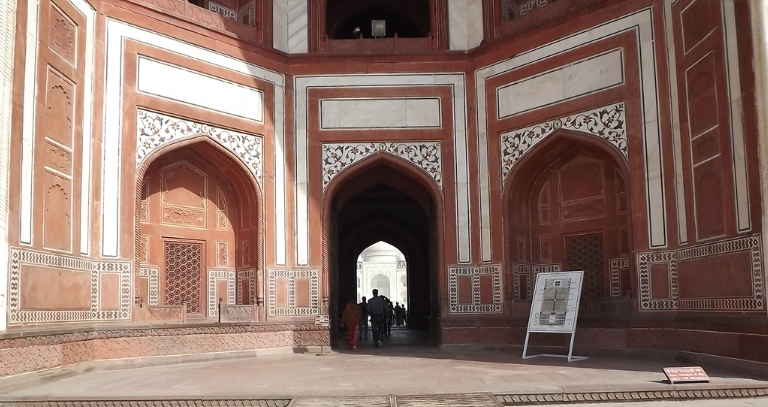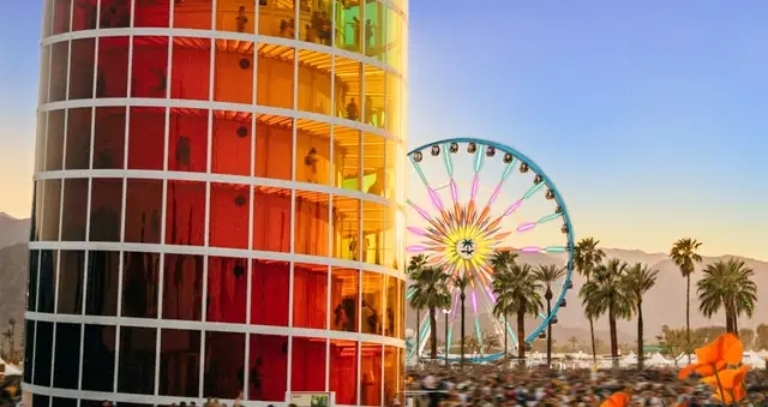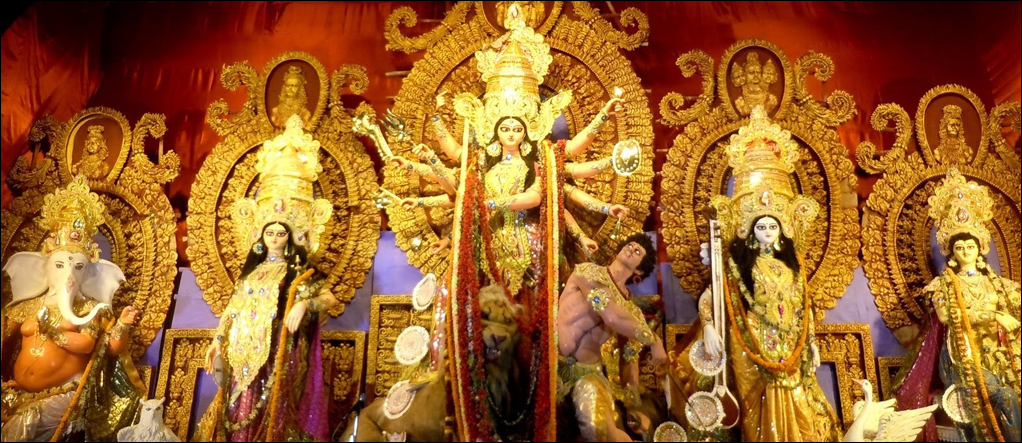Exploring Jaipur: The Pink City of India
The capital of Rajasthan, Jaipur, famously known as the Pink City, is a mesmerizing blend of royal heritage, vibrant culture, and stunning architecture. From majestic forts to colorful bazaars, the city captures the imagination of every traveler. Whether you are a history enthusiast, a culture lover, or a foodie, Jaipur promises an unforgettable experience.
The Pink City: A Walk Through History
The Pink City earned its nickname due to the distinctive pink-painted buildings in its historic center, originally painted to welcome the Prince of Wales in 1876. Today, Jaipur preserves this iconic hue, reflecting the city’s royal legacy. Walking through the streets, visitors can admire centuries-old palaces, havelis, and forts that narrate tales of Rajasthan’s rich past.
Must-Visit Forts and Palaces in the Pink City
No visit to Jaipur is complete without exploring its grand forts and palaces. Amber Fort, with its stunning architecture and panoramic views, is a top attraction. Similarly, City Palace showcases a perfect blend of Rajput and Mughal architecture. These monuments in the Pink City not only impress with their grandeur but also give insights into royal life centuries ago.
From Forts to Mahals: Pink City
Jaipur: Pink City is famous for its forts and palaces. Royals of Rajasthan left behind architectural wonders that still amaze visitors today. These monuments are not just stone structures but living reminders of royal grandeur.
Amer Fort: A Majestic Landmark in the Pink City
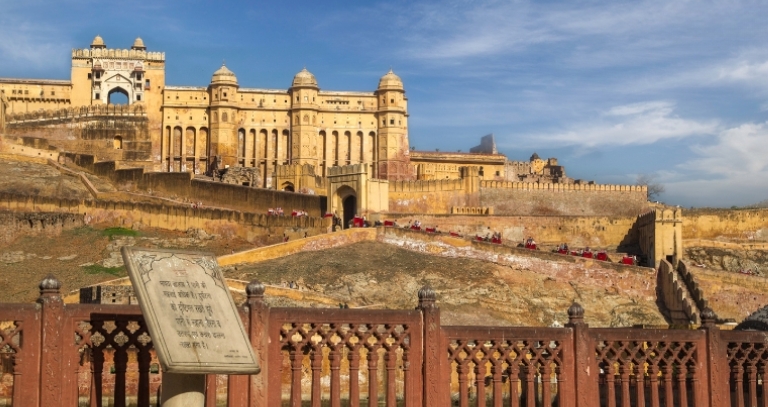
Also called Amber Fort, this UNESCO World Heritage site Raja Man Singh built, one of Akbar’s trusted generals. Moreover, the fort is massive and takes at least two to three hours to explore. Inside, winding staircases and hidden passages lead visitors to halls adorned with stories of Rajput royalty. To enhance your experience, hiring a guide or using an audio tour helps bring its history alive.
City Palace: A Jewel of the Pink City
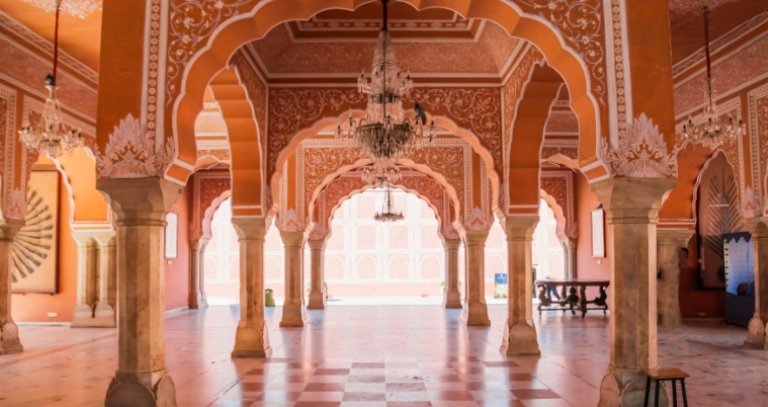
City Palace stands at the heart of Jaipur’s royal past. Spanning courtyards, gardens, and grand halls, it showcases the mastery of Rajput and Mughal design. Notably, Chandra Mahal and Mubarak Mahal serve as the main highlights. Additionally, the palace features a museum displaying royal artifacts such as textiles, weapons, and utensils. As you walk through its corridors, it feels like stepping into a scene from a historical film.
Hawa Mahal: Icon of the Pink City
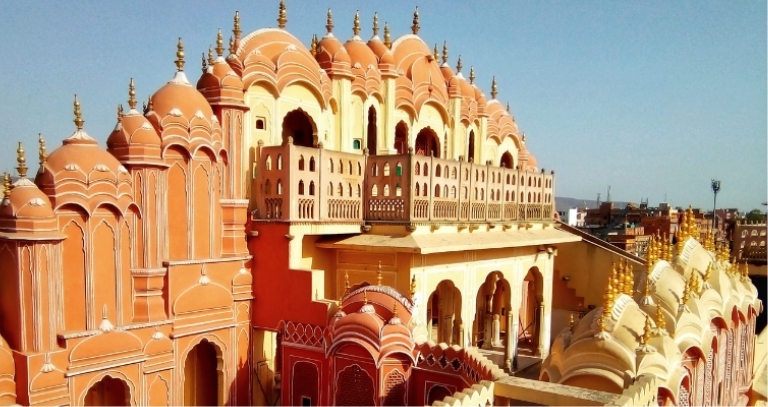
The Palace of Winds, one of Jaipur’s most iconic landmarks, features 953 windows, or jharokhas, that let royal women watch city processions without being seen. Moreover, its unique design helps keep the interiors cool during Rajasthan’s hot summers. From this vantage point, you can admire the City Palace, Jantar Mantar, and the lively Siredeori Bazaar, making it a perfect spot for sightseeing.
Nahargarh Fort: Iconic Landmark of the Pink City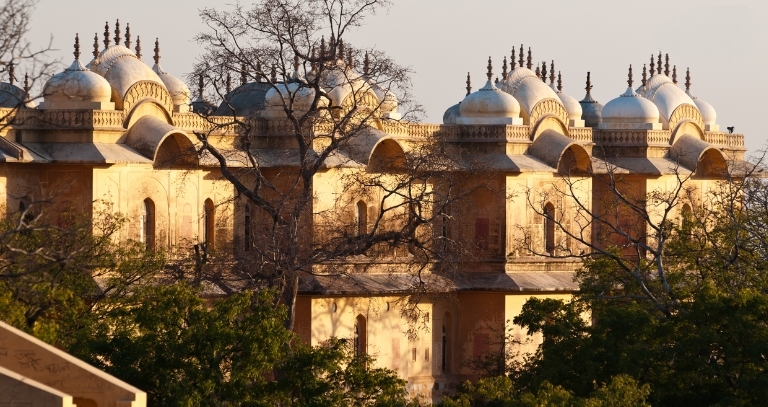
Perched on the Aravalli Hills, Nahargarh Fort provides breathtaking views of Jaipur. Moreover, the fort’s beautifully decorated sections, the Zenana and Mardana, display intricate paintings and stonework. Just a short walk away, Nahargarh Biological Park houses lions, tigers, and other wildlife. Additionally, you can enjoy a royal meal at the hilltop restaurant while taking in the stunning scenery.
Jaigarh Fort: A Historic Gem in the Pink City
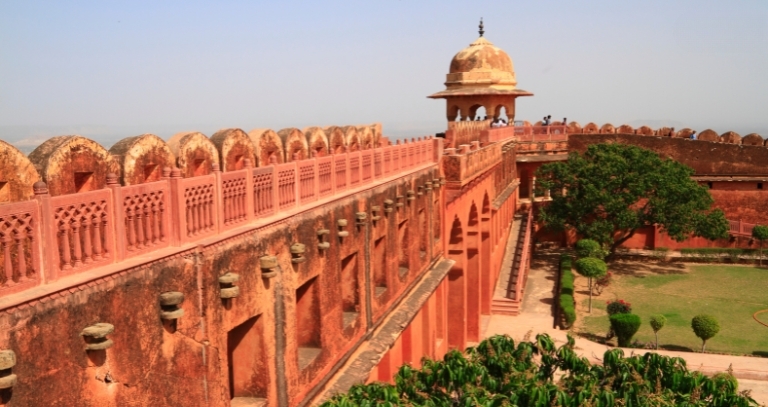
Built by Sawai Jai Singh, Jaigarh Fort perches on Cheel ka Teela (Hill of Eagles) and overlooks the city of Jaipur. Moreover, it protects Amer Fort and has never faced conquest, earning the title Fort of Victory. From its walls, visitors can enjoy sweeping views of Jaipur, while the fort also houses Jaivana, the world’s largest cannon on wheels.
Jal Mahal: A Stunning Landmark of the Pink City
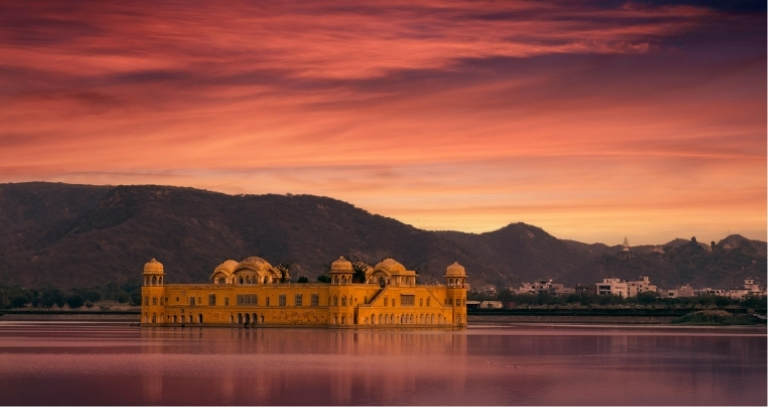
As the name suggests, Jal Mahal stands gracefully in the middle of a Jal Sarovar, or body of water. Moreover, it is one of the finest architectural marvels, adding another jewel to Jaipur’s crown. Built by Maharaja Madho Singh, this palace lies between the Man Sagar Lake and the Nahargarh Hills. Back then, the kings and maharajas chose it as their leisure retreat, where they enjoyed evenings filled with feasts, music, and dance.
At night, Jal Mahal transforms into a breathtaking sight. As soon as it lights up completely, the glowing palace reflects beautifully on the calm waters of the lake. The view is so mesmerizing that you’ll want to pause, sit quietly, and admire the marvel for a while. On moonlit nights, the serene atmosphere feels like a perfect blend of natural beauty and human brilliance, creating a scene that looks almost magical.
SAMODE PALACE
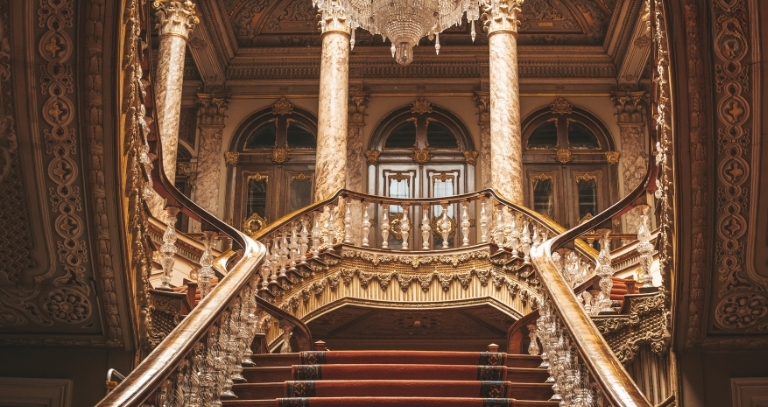
If you remember the royal episode of Made in Heaven on Amazon Prime, you might recall the grand Rajasthani wedding featured in one of its storylines. I can’t confirm whether it was actually filmed in Rajasthan. However, a visit to Samode Palace will certainly give you the same sense of royal charm and unmatched hospitality, served on a silver platter.
Moreover, the palace showcases a fascinating mix of Rajputana and Mughal architecture. Today, Samode Palace operates as a luxury hotel, offering visitors exquisite works of art and intricate paintings. The mirror work on the walls, combined with frescoes that highlight Rajputana craftsmanship, creates a truly regal atmosphere. In fact, an evening here makes you feel like royalty while also filling you with serenity and pride in being part of such remarkable grandeur and culture.
STREET FOOD & ENTERTAINMENT

Explorers and wanderers share many traits; however, what tops their list is the will to go wild and the love for food. If you agree, then Rajasthan street food markets eagerly welcome you with vibrant food festivals, lively on-road puppet shows, and endless entertainment—all happening at the same time.
BAPU BAZAAR / JOHARI BAZAAR
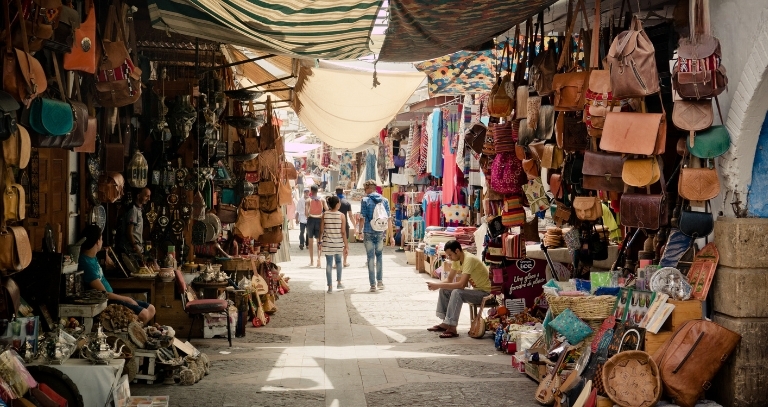
Apart from havelis and forts, Rajasthan also shines for its lively Ghoomar and puppet dances. Moreover, the food and shopping in Rajasthani textile markets feel like the cherry on top of your cultural experience. Places like Bapu Bazaar and Johari Bazaar offer the best of Rajasthani cuisine along with regional textiles—each piece beautifully handcrafted and printed.
In addition, the street shows of Ghoomar and puppet dances bring local tales of royalty to life, entertaining visitors while sharing cultural stories. The bustling markets of Jaipur not only serve as community hubs but also promise endless entertainment and vibrant experiences at every turn.
AN ASTRONOMICAL WONDER : JANTAR MANTAR
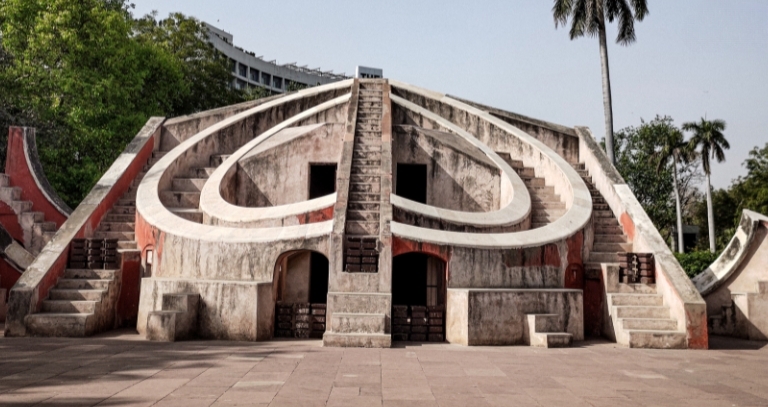
Jantar Mantar is an astronomical wonder that truly represents the spirit of Jaipur city—and for all the right reasons. Children especially enjoy this site, while adults often find themselves fascinated by the stars and the mysteries of the universe. Moreover, as one of the most remarkable UNESCO World Heritage Sites, it showcases both history and science. Raja Sawai Jai Singh built this marvel in the nineteenth century, combining intelligent design with smart architecture. As a result, the structure functions as a sundial, tracks the movements of the stars, and beautifully illustrates the wheel of time.
DIVE DEEP INTO STEP WELLS
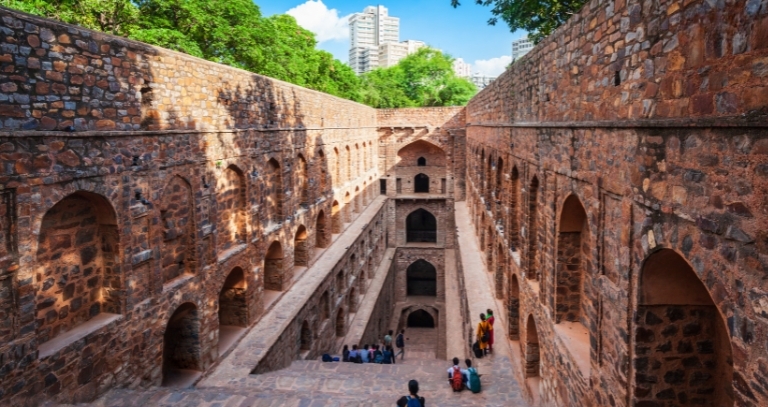
Baoris, or step wells, form some of the most unique architectural pieces, which you can mostly find in northern India. Moreover, if you want to explore the variety of step wells, Rajasthan offers an incredible range. However, the finest examples are still concentrated within the boundaries of Jaipur.
ABHANERI STEPWELL
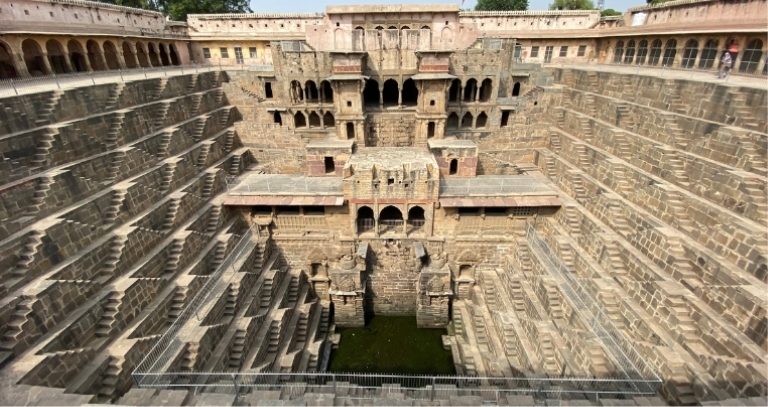
Located about 20 km from Jaipur, Abhaneri Baori, or Chand Baori, stands as one of the most intricate architectural marvels in the region. Moreover, it served as a vital structure for groundwater storage and water conservation during the monsoon season. For more than ten centuries, this baori has quenched the thirst of countless visitors who come to admire its beauty and utility.
PANNA MEENA KUND
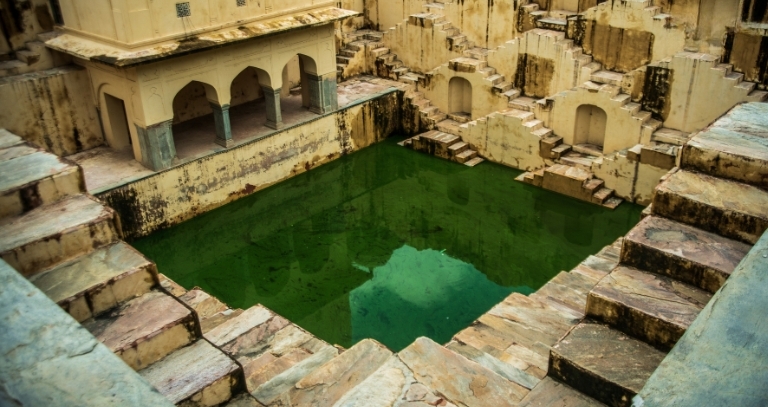
Another famous Rajasthani baori, Panna Meena Kund, has conserved water for centuries; however, it no longer functions as actively as before. Interestingly, this stepwell also serves as a community gathering spot, where locals and tourists alike enjoy the cooler temperatures compared to the hot Jaipur sun. As a result, visitors often sit here to relax, chat, and soak in the architectural beauty.
A STRING OF TEMPLES
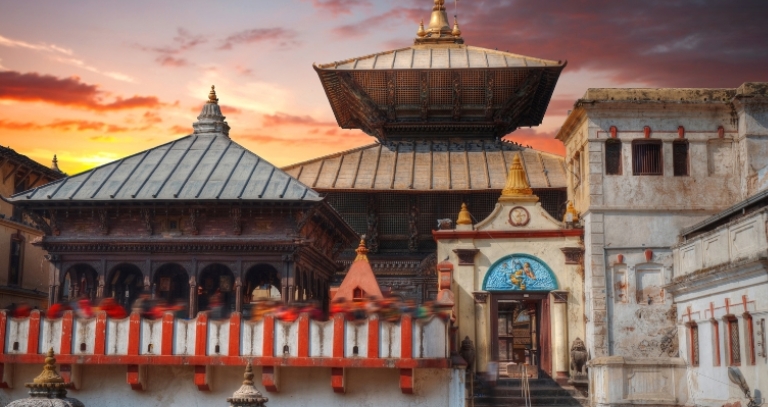
If you have been impressed by the first sand palaces of Jaipur, wait until the temples of Jaipur bind your feet to the lands. Considering this is a place for locals’ beliefs and century-old royalties, their belief in the almighty would be no less royal. And so does the show in their creations of the great temples that they have made around the town.
GARH GANESH TEMPLE
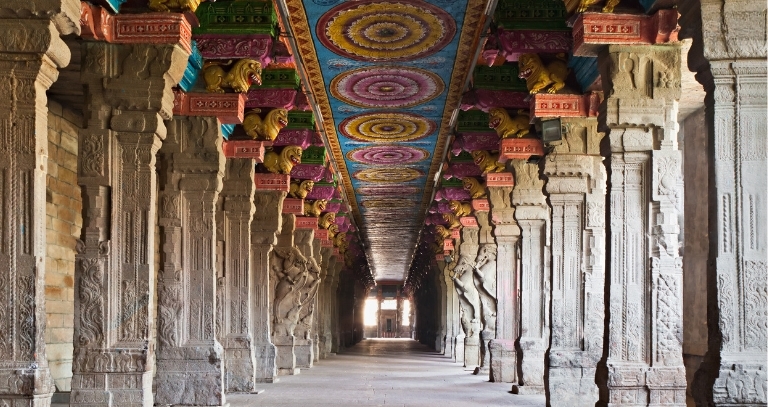
Garh Ganesh temple, one of the oldest temples again, was built by the Maharaja Sawai Singh. It is a temple to worship the child form of Lord Ganesha. It is loathed near Jaigarh or Nahargarh forts on the Aravalli Hills. And is one of the most prominent spots for the tourists to get a sight of the Aravalli hills.
GALTAJI TEMPLE
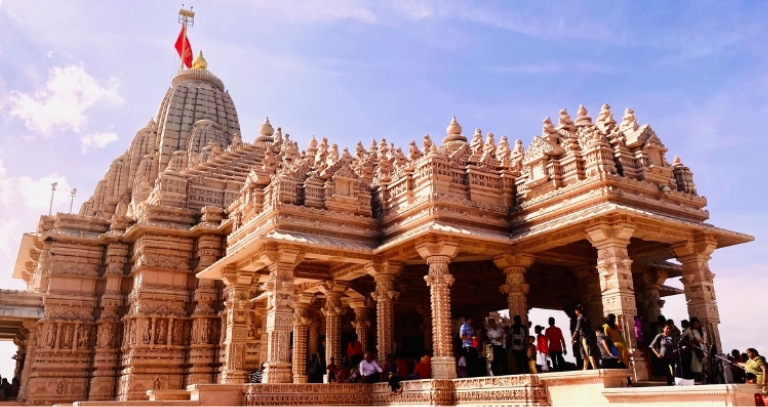
A temple all combined with a palace and is home to the idols of Lord Vishnu, Lord Hanuman and Lord Krishna all in one. It is a source of freshwater spring, a pond, a fountain, and is a magnificent place to pay a visit. You might remember this one for the movie Dhadak, the pond in which Ishan Khattar, jumped in.
AKSHARDHAM TEMPLE
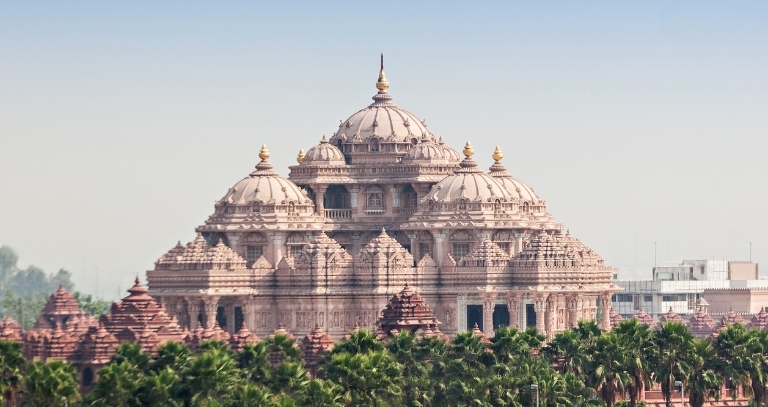
Akshardham Temple or Swaminarayan Temple, this place is a site in the night. In the day when it is all whitewashed on the walls but in the night it is all lit up with blue lights and is considered very holy by the Hindus. This wonderful temple is seated in a lush green garden which makes it all the more magnificent to watch.
BIRLA TEMPLE
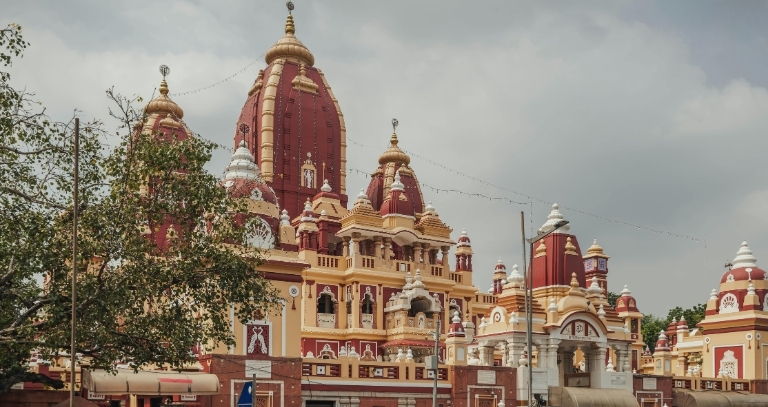
The Birla Temple, most famous for its whitewashed walls and the templar architecture on the roof, that again serves as the picture of Jaipur is home to the creator “Lakshmi and Narayana.” It has been believed that Lakshmi is the creator of wealth and the protector too. The locals visit the temple regularly and the tourists visit to seek meditation and enlightenment.
KHOLE KE HANUMAN JI TEMPLE
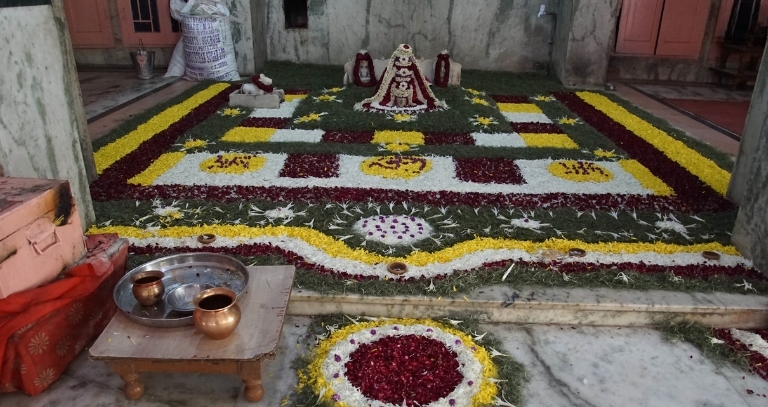
Located on the Delhi bypass in Jaipur, Khole Ji Hanuman Temple is beautiful beyond words and gives a certain vibe of architectural beauty that certainly signifies that you are finally being entering into the land of architecture and design.
It was constructed by the Pandit Radhe Lal Choubey ji as he was once walking through the garden and he observed a rock in the shape of Lord Hanuman. He considered it a sign and hence made a temple surrounding it. There are more stories to this place, some you might discover once you visit it.
If you’re looking to enhance your travel experiences, explore our comprehensive guide on Best Travel Tips. From packing strategies to navigating local cultures, this resource offers practical advice to make your journeys smoother and more enjoyable. Whether you’re a seasoned traveler or planning your first trip, these tips can help you travel smarter and more efficiently.


